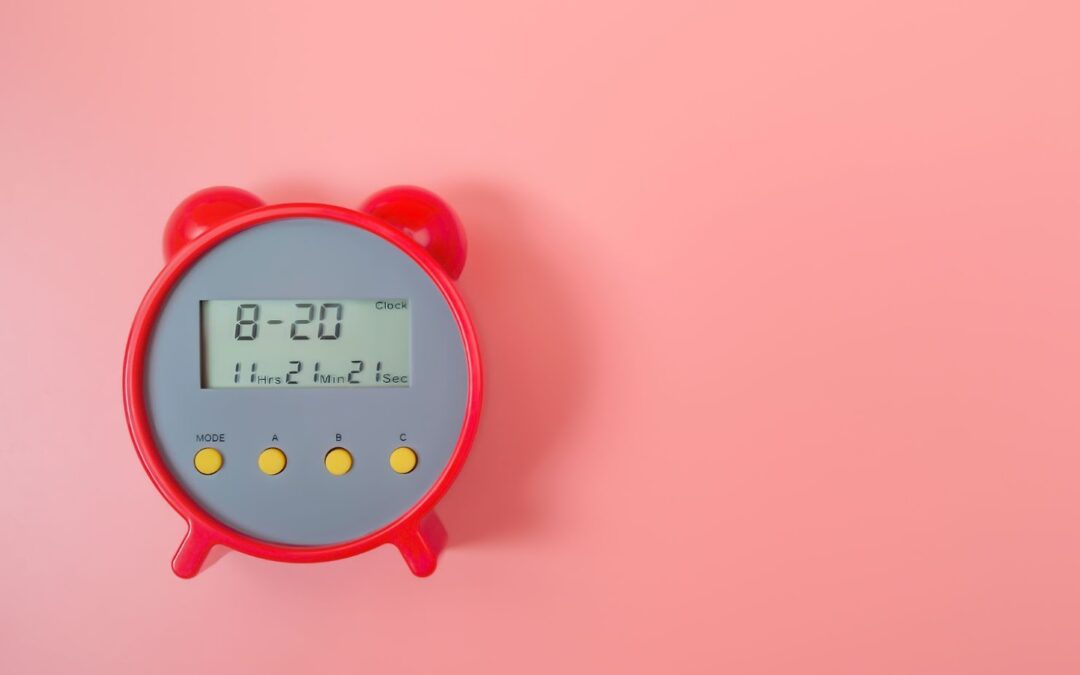How Long is 90 Seconds
If you ever wondered how long 90 seconds is, I will clarify that a 90-second interval is a minute and a half. We usually break it into hours, minutes, and seconds when we think about time. Although 90 seconds might not seem like much, it can make a big difference in certain situations.
For example, a minute and a half can be a crucial time to score or win the game in sports. Similarly, 90 seconds could feel like an eternity in a job interview when waiting for an answer. Additionally, in the case of advertisements, a 90-second commercial can feel too long and might make viewers lose interest.
90 seconds might not seem like much, but it can be a significant amount of time depending on the context. By clearly understanding how long it is, we can better manage our time and use it to our advantage.
If you want more content like this see our next post!
Understanding Time Measurements
Time is a vast and intangible concept we often take for granted. However, measuring time is essential to our daily lives, and exploring how it works is interesting.
When understanding time measurements, the second is the most fundamental unit of time. A second is defined as “the duration of 9,192,631,770 periods of the radiation corresponding to the transition between the two hyperfine levels of the ground state of the cesium-133 atom.” It might sound complicated, but all you need to know is that one second is a tiny fraction of time that ticks without stopping.
90 seconds, therefore, represent one and a half minutes. It’s essential to note that there are different methods of measuring time, including solar time, atomic time, and metric time. Solar time is based on the rotation of the Earth around its axis, while atomic time uses the vibrations of atoms. Metric time is a more recent concept that divides a day into 10 hours of a hundred minutes each.
Most digital devices today rely on atomic clocks to measure time. The International System of Units (SI) defines one second as the time that elapses during 9,192,631,770 cycles of the radiation produced by the transition between the two hyperfine levels of the ground state of the Cesium-133 atom.
Humans have measured time for thousands of years using different systems, including sundials, hourglasses, and water clocks. However, it wasn’t until the invention of the pendulum clock in the late 16th century that time measurement became more accurate.
In conclusion, 90 seconds might seem like a minuscule amount of time, but it’s a crucial unit of time that helps us understand the concept of time better. Understanding how time works and the different methods of measuring time is essential to many industries, including aviation, astronomy, and computer science.

Converting 90 Seconds to Other Time Units
If you’ve ever wondered how long 90 seconds is, you’re not alone. Although it might seem like a short amount of time, it can make a big difference in certain situations. In this section, we’ll explore how to convert 90 seconds into other time units to give you a better understanding of its duration.
One Minute and Thirty Seconds
Firstly, 90 seconds is equivalent to 1 minute and 30 seconds. This is because there are 60 seconds in a minute, so by multiplying 60 by 1 and adding the remaining 30 seconds, we get our answer of 90 seconds.
Seconds to Minutes Conversion Table
Seconds Minutes
30 0.5
60 1
90 1.5
120 2
180 3
Minutes to Hours Conversion Table
Minutes Hours
30 0.5
60 1
90 1.5
120 2
180 3
Minutes to Days Conversion Table
Minutes Days
1440 1
2880 2
4320 3
10080 7
20160 14
Converting seconds to minutes, hours, and days can be useful for various purposes. For example, knowing that 90 seconds equals 1 minute and 30 seconds can come in handy if you’re timing your workouts. Or, if you’re trying to figure out how long it will take to walk a certain distance, converting minutes to hours or days can help you plan your journey more effectively.
In conclusion, 90 seconds is equivalent to 1 minute and 30 seconds, and you can convert it into other time units such as minutes, hours, and days using conversion tables. Converting time units can be a valuable skill in many situations, and it’s always helpful to understand how to do it.
My name is Andrea Thompson and I’m a home based freelance writer. I’m 23 years old, married to my best friend, and mother to a wonderfully independent and opinionated 3 year old girl and step-mother to a sweet seven year old boy. I live in a tiny, little town in Kentucky, where I spend my free time fishing with my kids.
Writing has always been my passion, which I followed through high school, and for a while in college. Life happened, and once I discovered we were pregnant, I switched directions; opting for the healthcare industry because of the stability.
Finally, years later, I was in a place where I could leave the day job that never truly made me happy, and pursue my dreams. I’ve built, and am still building, my writing career from scratch. But, I’m passionate and I’m good at what I do. And, in the end, I can prove to my daughter that she can do anything she wants with this life.





